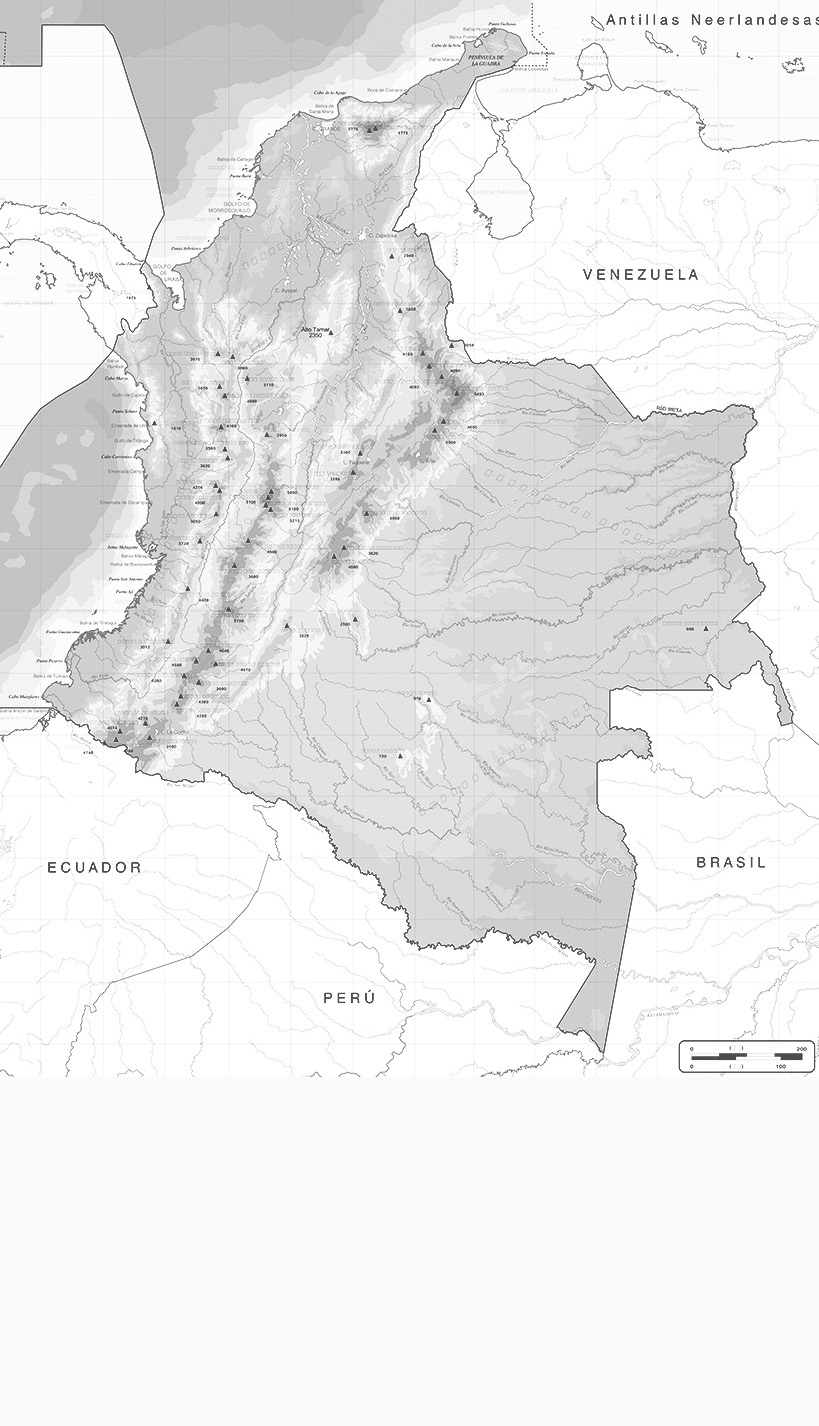The necessity for a serial publication illustrating the diversity of Colombian orchids, perhaps the richest orchid flora in the world, emerged from an informal meeting during the VIII Congreso Nacional de Botánica in Manizales, Colombia in 2015. A large part of the current editorial team of Icones Colombianae was present during that meeting. After the successful publication of the first three volumes of the series in 2017, 2018 and 2019, attention towards the orchid flora of Colombia has grown.
The volumes, published as part of the broader Species Orchidacearum serial, have proven to be a useful tool not only for students and researchers, but also for more general audiences, including local communities and decision makers. Careful taxonomic work, enriched by detailed photographic documentation on the local orchid floras, slowly but surely set the basis for a multitude of biodiversity related studies and may be crucial to tackle large and highly diverse countries such as Colombia.
Icones Colombianae aims to promote broad and unrestricted public access to the scientific knowledge on biodiversity. Through this initiative, the work of different local researchers and orchid enthusiasts is made freely available and easily accessible online to the whole community. The interest that people from the communities where the orchids grow have shown in these publications speaks of the important role that such initiatives play in biodiversity education and conservation efforts.
An additional twelve Colombian orchid species are fully illustrated in the form of Lankester Composite Dissection Plates (LCDPs) in the current volume. Two new species are described for the first time: Andinia auriculipetala S.Vieira-Uribe & N.Gutiérrez, a species from La Belleza Municipality in Santander, distinguished by the ear-like petals, and Epidendrum scrotiforme Est.Domínguez, S.Mesa, E.Santiago & Hágsater, a species from Antioquia, that can be recognized by the prominent nectary forming a vesicle.
The publication of the first photographs of these previously undescribed species, as well as of other rare orchids in Icones Colombianae highlight the relevance of these efforts. The reduction of the habitats where these species grow is a constant reminder of the pressures they are under; properly documenting them and making this information easily accesible to anyone interested, is of help in stressing the importance of conservation efforts in these and other areas.
The editors
